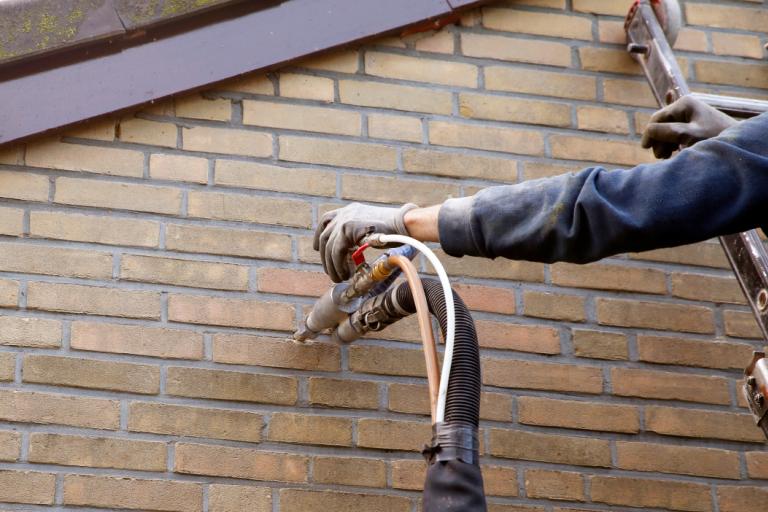We are improving our site by involving residents.
Help us continue to improve by giving your feedback
Cavity walls have 2 layers with a gap in between, usually made of brick on the outside and blockwork inside. This gap can be filled with insulation to help keep your home warm without changing your property’s appearance.

The Energy Saving Trust and the Centre for Sustainable Energy provide guides to installing cavity wall insulation.
The Planning Portal provides a useful introductory guide to the building regulations required for cavity wall insulation.
Historic England provides advice on energy efficiency and historic buildings: early cavity walls.
Relevant building regulations required include:
Cost: £500
Disruption: Low to Medium
NEW Help improve this site by giving feedback Show Hide
Send feedback directly to the content team using our website feedback form
You can also join our user research group to receive invites to activities and surveys to help shape future improvements to the site.